‘Alien’ objects which crashed in the Pacific are ‘most likely’ fragments of a faraway planet struck by a meteor similar to the one that wiped out the dinosaurs, astrophysicist says
“Alien” objects found at the bottom of the Pacific Ocean are “most likely” just fragments from a distant planet that was hit by a meteorite, an astrophysicist has said.
Controversial theoretical physicist Avi Loeb claimed that the “alien” materials, extracted from the seabed off the coast of Papua New Guinea, may have been created using “alien technologies.”
The Harvard professor, nicknamed the “alien hunter,” declined to rule out the possibility that the tiny metal spheres recovered from the sea where the IM1 meteor crashed in 2014 are, in fact, the remains of an alien spacecraft.
Professor Loeb claims that the unusual chemical composition of the 57 metal spheres discovered on the sea floor suggests they come from outside our solar system. He now plans to test whether they were created by alien technologies.
Dr. However, Phil Sutton, an astrophysicist at Lincoln University, has argued that the fragments are most likely just bits of “shrapnel” ejected from another planet following a meteor collision.
Professor Avi Loeb (pictured) has said metal objects found in the Pacific could have been made using ‘alien technologies’
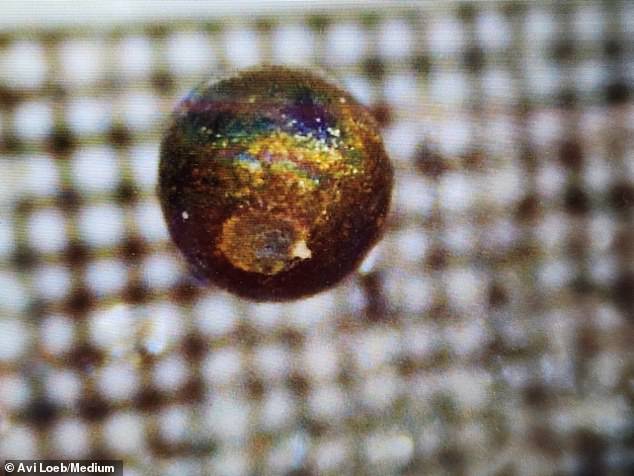
The metal spheres are believed to be from the IM1 meteorite, which Professor Avi Loeb has said originates from “exotic sources”
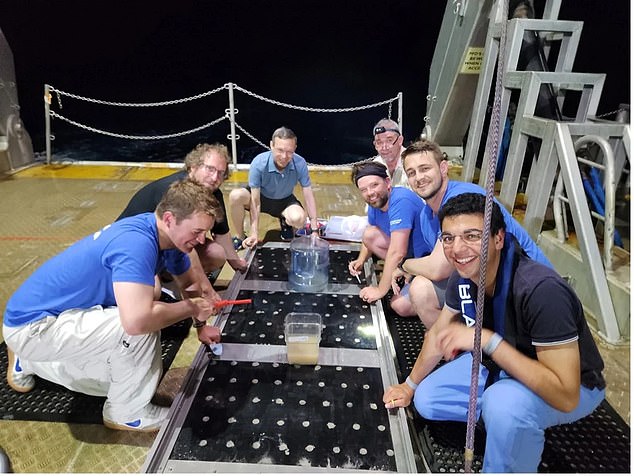
Professor Avi Loeb recovered the metal fragments from the seabed off the coast of Papua New Guinea
“The most likely explanation is that an object similar to what wiped out the dinosaurs here on Earth hit a planet in another galaxy and sent some core and magma ocean material, which then coalesced on impact.” said Dr Sutton. The Telegraph.
Nevertheless, the astrophysicist said the composition of the fragments indicates that the metal spheres likely come from outside our solar system, in a part of the universe very different from ours.
In a non-peer-reviewed study, Professor Loeb said the chemical patterns seen in the fragments, believed to be from the IM1 meteor, are different from those seen in “natural meteorites.”
The Harvard professor also claimed that the speed at which the IM1 meteor traveled through the universe was significantly higher than that of other similar objects, suggesting that the meteor could have come from “exotic sources.”
“This is from another star and may be part of a planet from another galaxy,” he said.
“These shrapnel could have been ejected with such force that it moved fast enough to escape the star system it came from, aided perhaps by a slingshot from other planets. I think that’s probably the most plausible explanation.’
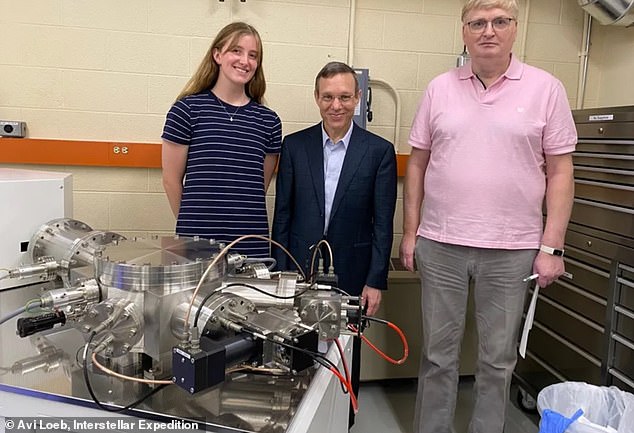
The compositional analysis of the spheres was performed by Stein Jacobsen (right) and his cosmochemistry lab team at Harvard University. Center is Avi Loeb and left is Sophie Bergstrom

The 50 iron spheres recovered from the Pacific Ocean (above) were analyzed in a lab at Berkeley. They turned out to be ‘abnormal’
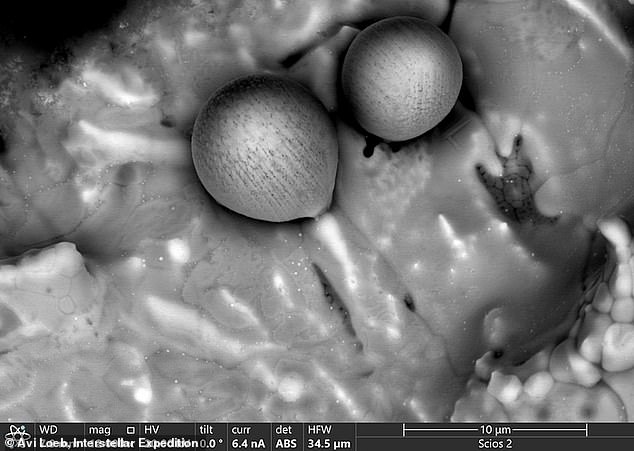
The data from the analysis revealed that the fragments are rich in beryllium, lanthanum and uranium, along with low levels of elements with a high affinity for iron, such as rhenium. Pictured is the composition of a fragment found at the site
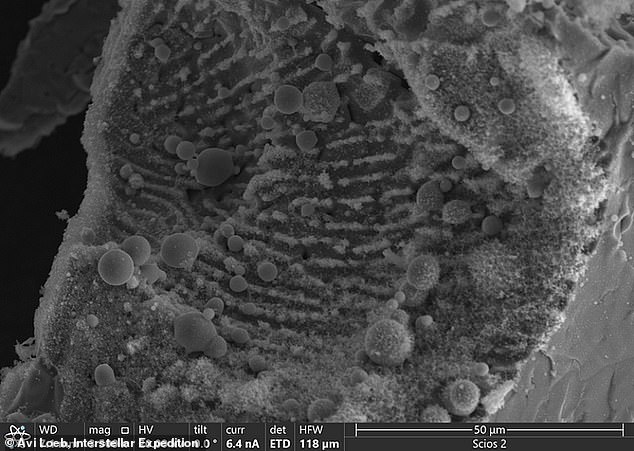
Professor Loeb used advanced technology to examine the insides of the tiny spheres, allowing him to see detailed patterns of the elements
Dr. However, Sutton declined to rule out the possibility that the metal fragments are in fact the remains of an alien spacecraft or that they were created by alien technologies.
“I am a scientist and I am also open to many possibilities,” he said. “I don’t think you can rule out the possibility that it could be an alien spacecraft. Most people will scoff at the idea and say it’s downright ridiculous.’
Top scientists took a more ruthless view of Professor Loeb’s claims, as Lord Martin Rees, Astronomer Royal and Professor of Cosmology and Astrophysics at the University of Cambridge called them “overhyped”.
Professor Monica Grady of the Open University even wondered whether the fragments came from the IM1 meteor at all. Instead, she claimed the objects could have been created during nuclear tests in the Marshall Islands in the 1940s and 1950s.
“The islands were the site of 67 US nuclear tests between 1946 and 1958, and there is still a legacy of the radiation damage caused by the tests,” she said. “The spheres could be the result of the nuclear tests – produced by a man-made supernova.”
